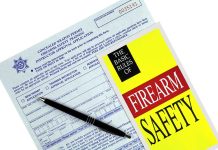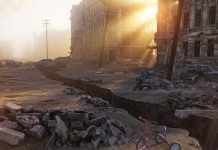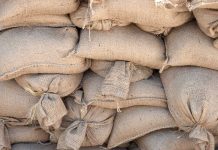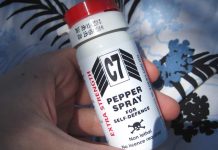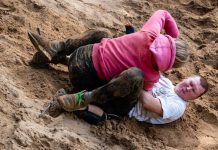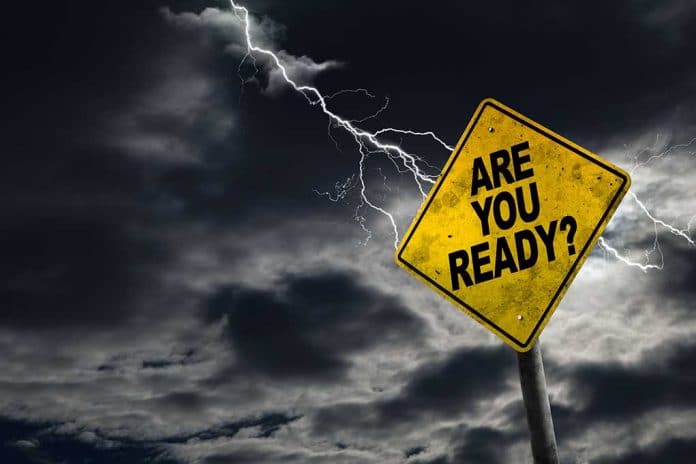
(TacticalNews.com) – An integral part of survivalism and prepping is training. Practice makes perfect, after all. But is going into the field and trying these skills out firsthand really that important? After all, having the know-how stored away should be enough to survive, right?
Wrong. Read on to find out why.
It’s Just a Theory…
You can read hundreds of books and watch thousands of YouTube videos covering countless survival topics. Self-education provides invaluable knowledge on how to handle emergency situations, but until you actually practice these skills, they’re simply theories. You can’t be sure any of the knowledge you’ve acquired will work for you until you’ve put it to the test yourself.
For example, reading an owner’s manual for an automobile can teach you a lot about how to work on a car. Once the hood is up, however, it becomes a whole new game. Getting your hands dirty is entirely different from reading about it.
Better Now Than Never
In order to master a skill, you have to use it. For survivalism, this means putting knowledge into action, over and over again, until using it becomes second nature. There’s no better time to train than now — before an emergency requires a skill set you haven’t developed. Finding out that rubbing sticks together for fire is a lot harder in practice than on paper isn’t a lesson you want to learn when you’re cold, wet and tired.
Unfortunately, there isn’t a good substitute for hands-on experience when it comes to training for survival. You have to get your hands dirty.
The upside of training is that you can practice safely in controlled environments now to prepare for a potential emergency later. Practicing primitive fire-starting methods when your life isn’t hanging in the balance is less stressful and offers a higher chance of success.
Make it Real
Though you might not want to start training new skills in adverse weather conditions, you should consider working your way toward that goal. The more realistic your training becomes, the more likely those skills will be ready when it becomes a life or death situation.
Once you are comfortable starting a fire by rubbing sticks, move on to practicing that skill when the weather is cold and nasty. Of course, you should still do this in an area where you can retreat to safety if necessary. Putting yourself in an adverse situation like this — succeeding there — will give you the confidence and skill to do so again should it ever be required.
The importance of training cannot be underestimated — it’s essential to survival. Thankfully, there are a lot of ways to do so in safe environments where failure doesn’t mean your life is in danger.
To see where training safely can be done, check out our article on the Best Place to Practice Bushcraft Skills.
Do you put your survival skills into practice? If not, do you think it would be a good idea to start? Reply to your email and tell us why, we would love to hear from you!
Copyright 2021, TacticalNews.com

